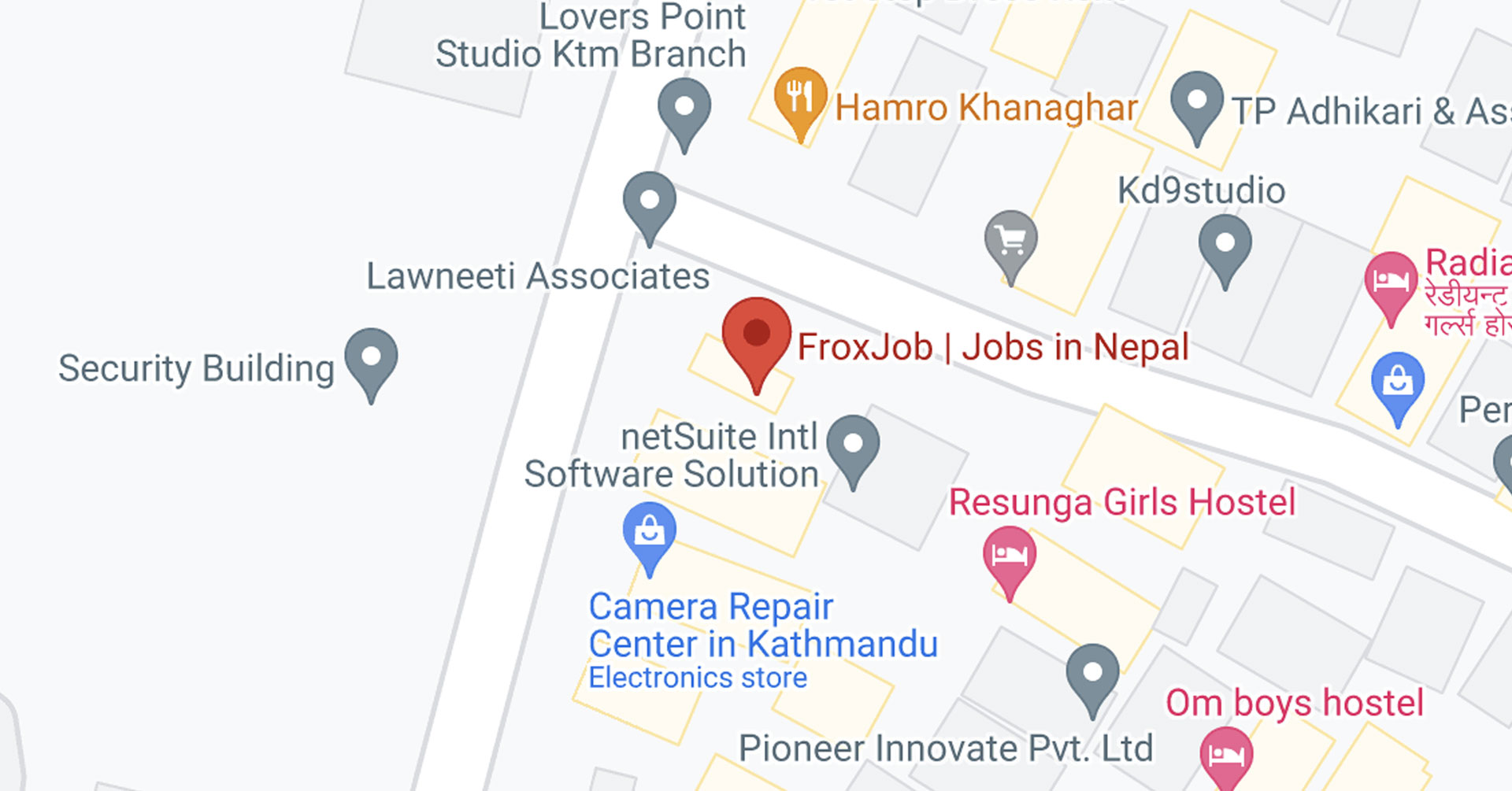Cost Comparison: Hiring Locally vs. Remote Talent from Nepal

Cost Comparison: Hiring Locally vs. Remote Talent from Nepal
The decision between hiring locally or outsourcing to remote talent can significantly impact a company’s budget, operations, and overall productivity. In recent years, Nepal has emerged as a competitive hub for skilled remote professionals, offering cost-effective solutions without compromising on quality.
This article provides a detailed cost comparison between hiring local employees and remote talent from Nepal, exploring various aspects such as salaries, benefits, infrastructure, and operational costs.
Understanding the Cost Structure of Local Hiring
Hiring employees within your country typically involves substantial upfront and recurring expenses. Businesses need to factor in not only the salaries but also additional costs such as:
- Payroll Taxes and Contributions: These include social security, health insurance, and retirement contributions, which can add up to 20–40% of the base salary depending on the country.
- Office Space and Infrastructure: A physical office requires rent, utilities, office furniture, IT infrastructure, and maintenance costs.
- Employee Benefits: Health coverage, paid time off, retirement plans, bonuses, and other perks are standard for local employees.
- Recruitment and Onboarding: Finding the right local talent often means paying for job advertisements, recruitment agencies, and training programs.
For instance, hiring a local software developer in the United States can cost between $80,000 to $120,000 annually, excluding benefits and operational costs. Once all associated expenses are factored in, the total cost may easily exceed $150,000 per year.
Why Nepal is Gaining Attention as a Remote Talent Hub
Nepal has become a sought-after destination for remote hiring due to its highly skilled workforce, competitive rates, and growing IT infrastructure. The country has a strong pool of professionals in fields such as IT, software development, digital marketing, graphic design, and virtual assistance.
Some key advantages of hiring remote talent from Nepal include:
- Lower Salary Costs: Salaries in Nepal are significantly lower compared to Western countries due to differences in cost of living.
- No Overhead Costs: Businesses can avoid expenses related to office space, utilities, and equipment.
- Scalable Hiring Models: Companies can engage freelancers, contractors, or full-time remote employees depending on project needs.
- English Proficiency: Many professionals in Nepal are fluent in English, making communication smooth and efficient.
Cost Comparison: Salaries and Benefits
Local Hiring Costs:
A mid-level developer in the United States might earn $90,000 annually, plus an estimated 30% in benefits and taxes. This brings the total cost to around $117,000 per year.
Remote Hiring from Nepal:
A similarly skilled developer in Nepal may cost between $12,000 to $20,000 annually. With remote contractors, businesses often pay an all-inclusive hourly rate or monthly retainer, meaning no additional payroll taxes, health insurance, or office expenses.
The cost savings can be as high as 70–80%, making remote hiring a financially attractive option.
Operational Expenses: Local vs. Remote
When hiring locally, companies must maintain office spaces, equipment, and facilities. On average, office space in major cities can cost $5,000 to $10,000 per employee per year, excluding utilities and IT infrastructure.
In contrast, hiring remote talent from Nepal requires minimal overhead. Professionals typically work from their own setups, and companies only need to invest in collaboration tools such as Slack, Zoom, or project management software.
Recruitment and Training Costs
Local Recruitment: Hiring locally often involves expensive recruitment channels, including job boards, staffing agencies, and headhunters. Onboarding new employees also requires training programs, which add to the cost.
Remote Recruitment from Nepal: Many companies hire talent from Nepal through outsourcing firms or direct freelancer platforms, which charge lower fees. Additionally, Nepali professionals are often accustomed to working with global clients, reducing onboarding time and costs.
Quality of Work and Time Zone Advantages
While cost savings are important, quality should never be compromised. Nepal offers a pool of IT professionals trained in international standards, with many working for global clients in the US, UK, and Australia.
Time Zone Advantage: Nepal’s time zone (GMT+5:45) allows for round-the-clock productivity when paired with Western teams. Businesses can hand off projects at the end of the local workday and receive updates by the next morning, enabling faster turnaround.
Hidden Costs of Local Hiring
Local hiring includes hidden expenses such as employee turnover, which can cost up to 150% of an employee’s annual salary due to lost productivity and retraining. Additionally, compliance with labor laws, workplace insurance, and administrative tasks further increase costs.
Remote hiring from Nepal, especially through Employer of Record (EOR) or outsourcing services, significantly reduces these burdens.
Scalability and Flexibility
Hiring locally often involves long-term commitments, fixed salaries, and rigid employment contracts. This can be challenging for startups or businesses with fluctuating workloads.
Remote hiring offers flexibility to scale teams up or down based on project needs. Businesses can work with Nepali freelancers on short-term contracts or hire full-time remote staff at a fraction of the cost of local employees.
Total Cost Comparison: Example Calculation
Consider a company hiring a 3-member IT team for a year:
Local Hiring in the US:
- Salary per developer: $90,000 x 3 = $270,000
- Benefits & taxes (30%): $81,000
- Office & equipment: $20,000
- Total Cost: $371,000 annually.
Remote Hiring from Nepal:
- Salary per developer: $18,000 x 3 = $54,000
- No additional benefits or office costs
- Total Cost: $54,000 annually.
This example highlights a savings of over $300,000 per year, which can be reinvested in growth, marketing, or technology upgrades.
When to Choose Local Hiring Over Remote
While remote hiring offers clear financial benefits, there are scenarios where local hiring is preferable, such as:
- Roles requiring on-site presence or direct customer interaction.
- Positions that need local market knowledge or in-person collaboration.
- Highly regulated industries where compliance and data security require in-house teams.
Final Thoughts
For many businesses, remote hiring from Nepal provides a powerful balance between cost-efficiency and quality. With the ability to save up to 80% on employee-related expenses while accessing a talented and motivated workforce, this model is ideal for companies aiming to stay competitive in a global market.





